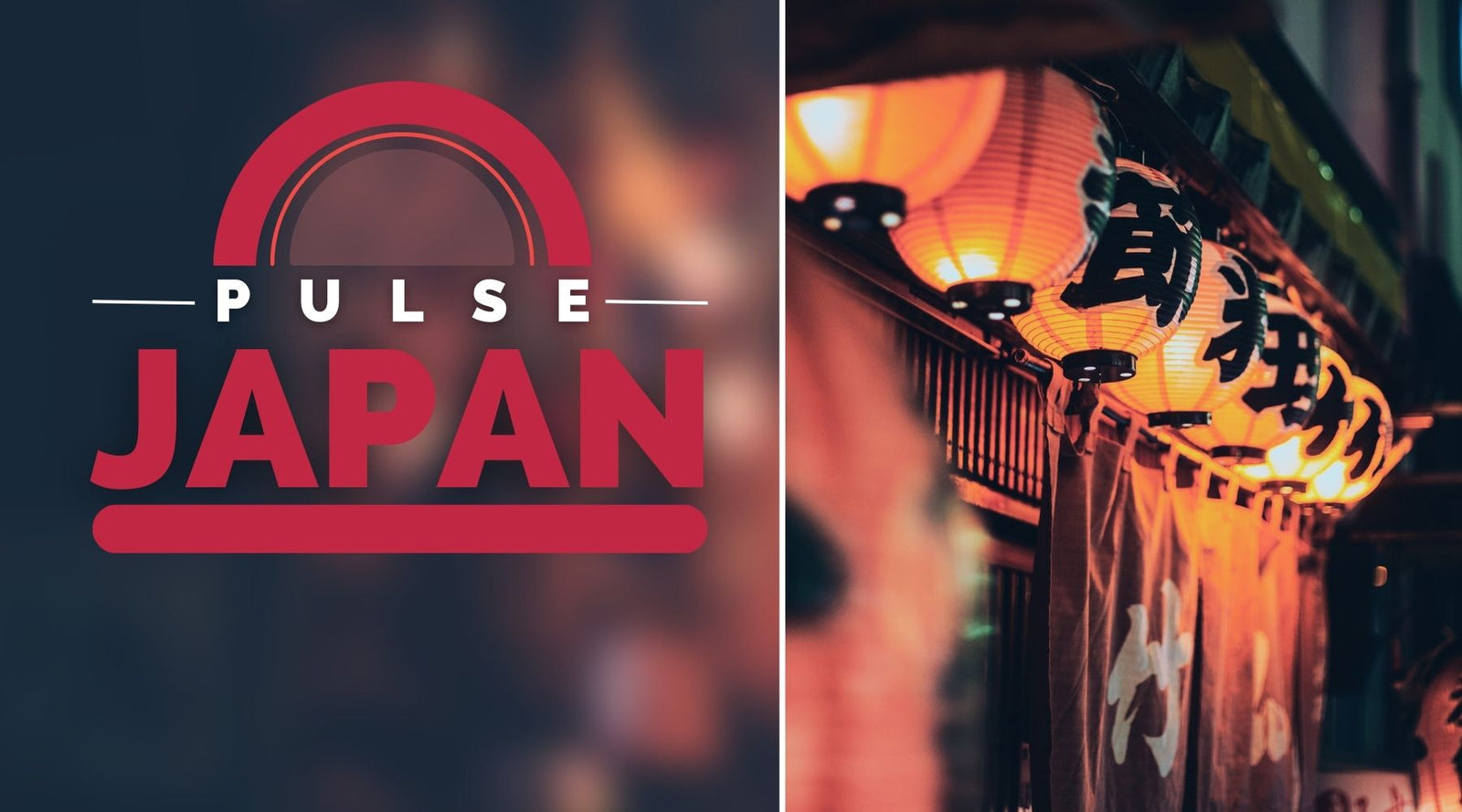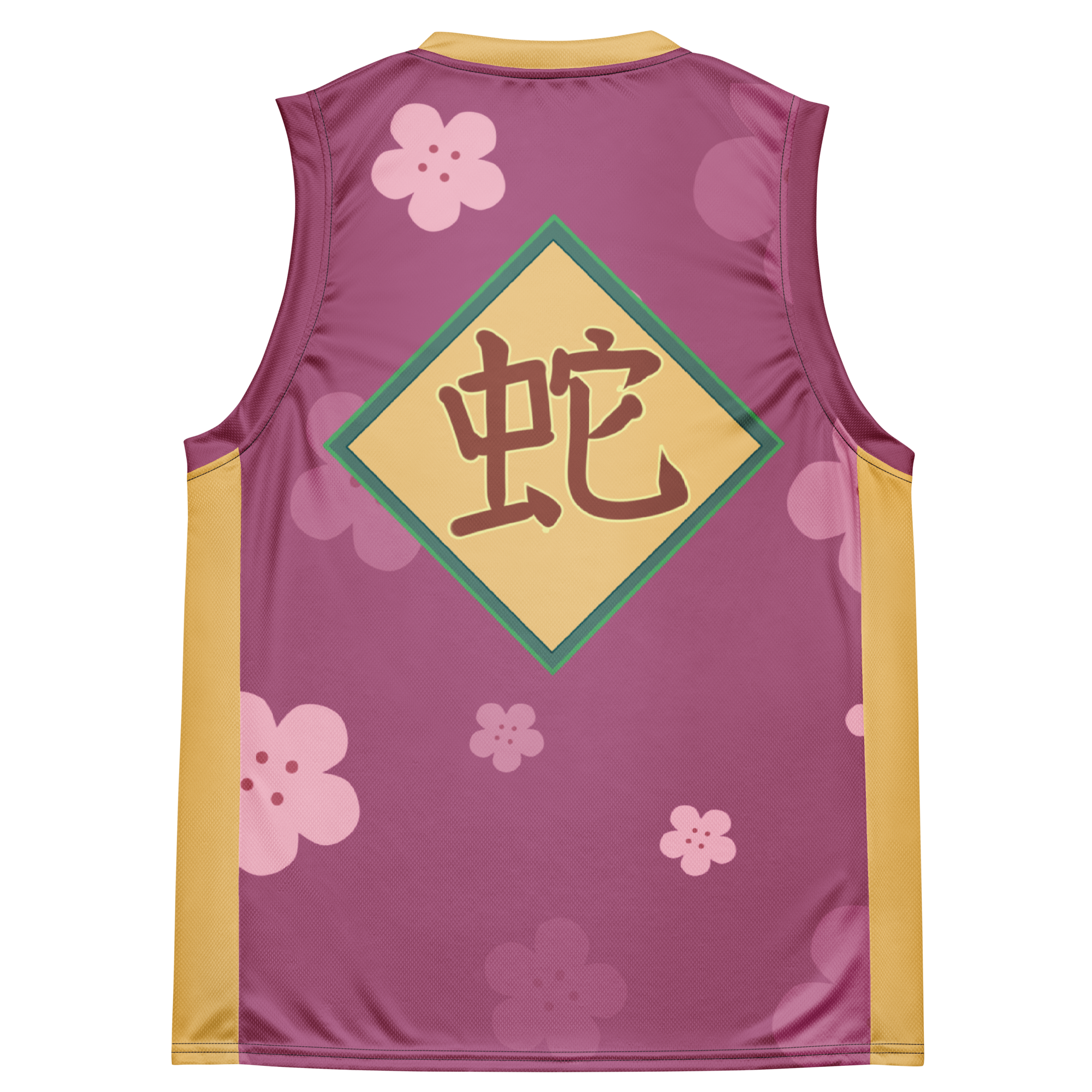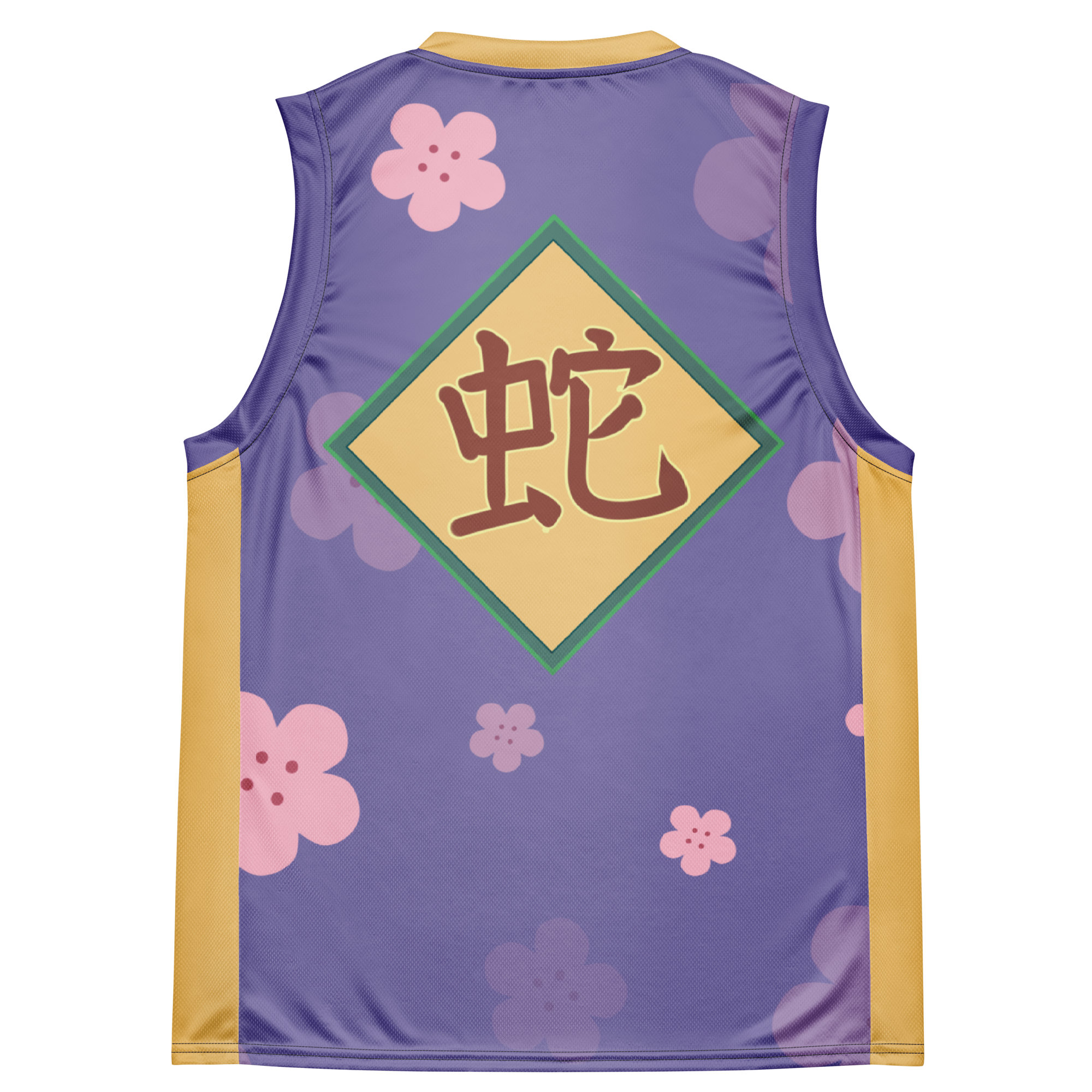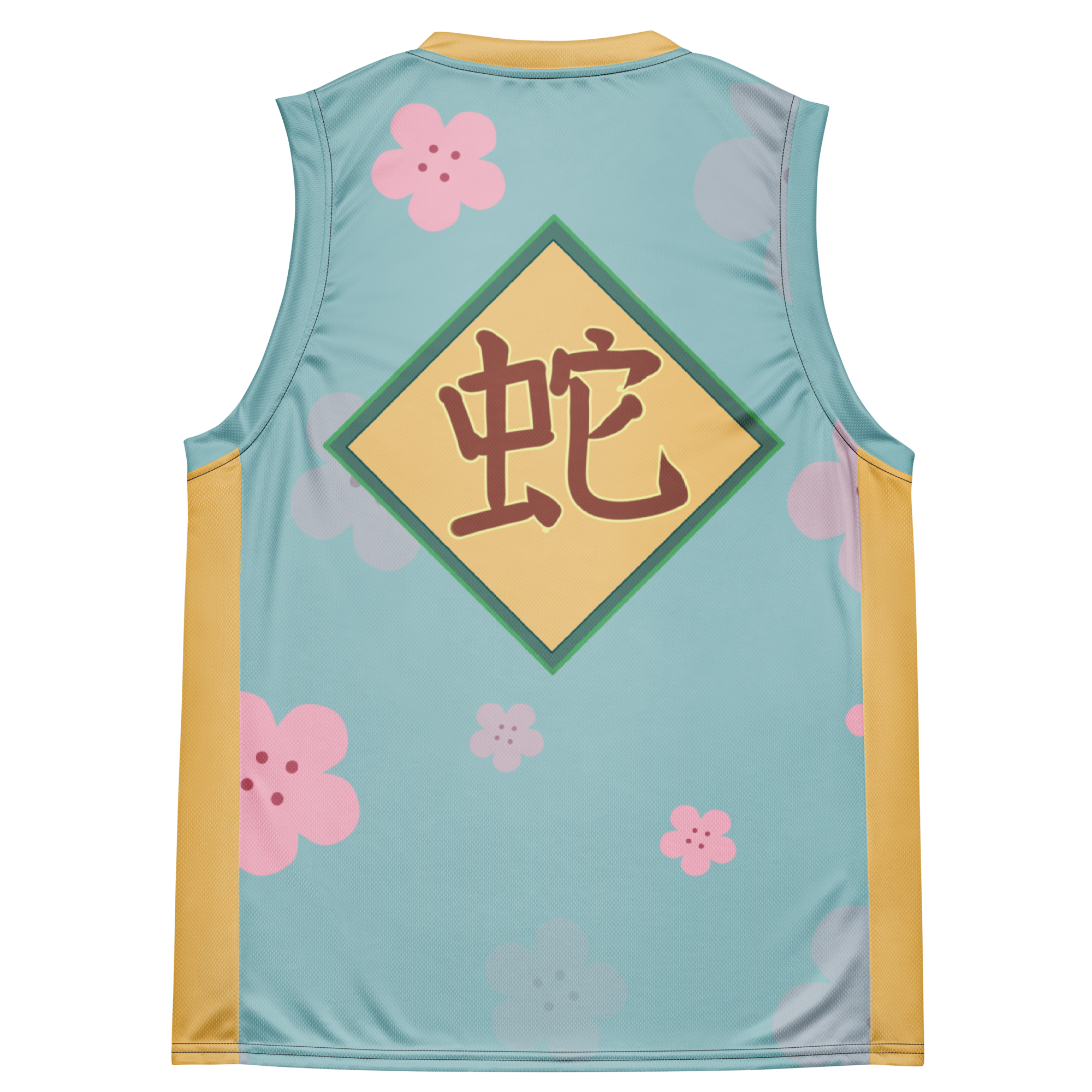Cultural Misconceptions: 5 Popular TikTok Behaviors That Are Forbidden in Japan

Welcome to the age of TikTok—where viral content can make you famous overnight or, inadvertently, a cultural faux pas. TikTok’s meteoric rise has brought an array of creative and humorous content. However, it has also become a platform where misinformation about cultures, especially Japanese culture, spreads like wildfire. Imagine thousands of users doing a trending dance on Japanese trains or using sacred Torii gates as props—not cool!
Let’s set the record straight: Fact-checking isn’t just for journalists and school projects. It’s crucial for social media influencers too! Before you hit the “post” button on your latest Tokyo adventure, make sure your content respects the culture you're showcasing. Japanese culture, like many others, has deep-rooted traditions and taboos. Misrepresenting or disrespecting these through social media can perpetuate harmful stereotypes and misunderstandings.
So, what’s the big deal, you ask? Well, respect is a cornerstone of Japanese culture. Politeness, personal responsibility, and social harmony are highly prized. This cultural ethos isn't just about surface-level pleasantries but spans intricate social behaviors and norms (Wikipedia).
A TikTok video can go viral in minutes, reaching millions of viewers globally. While this can spread fabulous dance moves or delightful recipes, it can also amplify misconceptions. Case in point: Posting videos of loud behavior on Japanese trains can mislead viewers into thinking such actions are acceptable when they are anything but (Reuters).
When misinformation spreads, it reinforces stereotypes and creates a skewed image of the culture. Younger audiences on platforms like TikTok may internalize these inaccurate portrayals, affecting how they perceive and interact with the culture in reality (Humble Bunny).
TikTok’s algorithm loves sensational content, which can sometimes mean culturally inappropriate videos get more push than they deserve. It's essential to use your influence responsibly. Think of it this way: every video you post can either uplift cultural awareness or contribute to cultural erosion.
And there you have it. Understanding and respecting cultural nuances isn’t just good manners; it’s essential for creating meaningful and inclusive social media content. As we dive into specific behaviors that should be avoided, remember—cultural appreciation begins with respect.
Now, let's delve into those five popular but forbidden TikTok behaviors in Japan.
1. Dancing or Being Disruptive on Public Transport
Ah, Japanese trains—icons of impeccable efficiency and zen-like tranquility. Riding these marvels of punctuality isn’t just a matter of getting from Point A to Point B—it's navigating a symphony of social etiquette. Think of it as the unspoken “Train Rules 101” where maintaining peace and order is key.
First off, let's dive into the golden rule: silence is indeed golden. Picture this: you’re on a Tokyo metro train, it's rush hour, and miraculously, it's quiet. That’s because Japanese trains are essentially moving libraries. Loud conversations? Nope. Blaring music? Absolutely not. Even your phone is expected to be on silent mode. It’s all about being mindful of others (Japan Guide).
Speaking of phones, let’s toss out any ideas about making TikTok dance videos on the train. Filming yourself or others without permission isn’t just rude; it’s harassment (Japan Guide). Most trains even have spots between cars for you to take calls if absolutely necessary, but beware—lingering there might earn you a few side-eyes.
Another pillar of Japanese public transport etiquette is orderliness. Boarding a train isn’t a free-for-all; it’s more of a synchronized ballet. You’ll find designated queue lines on the platform where passengers form an orderly line well before the train arrives. And here’s a tip: always let others disembark before you get on. It's not just polite—it's efficient logistics (Klook).
Being mindful of your space is crucial. Avoid making the train your personal living room. That means no sprawling across multiple seats, no stretching like you’re at a yoga retreat, and definitely no placing your bags on seats (KCP International).
Sure, a tiny misstep won’t result in a national scandal, but repeated offenses can seriously cramp the public’s goodwill. Given how densely populated the trains can get, even a minor disruption can throw off everyone's groove. After all, everyone’s trying to reach their destinations in peace, whether they’re heading to work, home, or an imaginary wizarding school.
By now, you might be thinking, “Okay, but what's the big deal about all these rules?” The truth is, Japanese societal norms revolve heavily around respect for others and collective harmony. Ignoring these rules can perpetuate harmful stereotypes and perpetuate misunderstandings about Japanese culture, especially when inaccurately portrayed on platforms like TikTok (Japan Guide).
Respecting these unwritten codes isn’t just about not making a nuisance of yourself; it’s about integrating into the flow of the community, honoring the spirit of mutual respect that makes Japan such a unique place to visit—or call home.
Let’s ride these cultural waves, keep our phones on silent, and save the dance moves for the club where they belong. Because, trust me, both the locals and your fellow travelers will appreciate a disruption-free journey. Up next, we’ll step off the trains and steer clear of sacred realms—those awe-inspiring Torii gates.
2. Disrespecting Torii Gates at Shrines
Alright, TikTok aficionados, let's have a heart-to-heart about those beautiful Torii gates that everyone loves to pose with. You know, those vibrant red gates that serve as picturesque backdrops for your social media feeds? Yep, those! But before you go hanging, climbing, or sprawling all over them for the perfect shot, here's why you might want to hit pause.
First things first, Torii gates are not just any regular gates. They serve as sacred markers denoting the transition from the mundane world to the sacred spaces of Shinto shrines. Essentially, passing through these gates means you're entering the realm of the gods (Japan Travel). That's some heavy-duty respect territory.
Now, imagine trampling through a church altar or posing on a Buddha statue—cringe-worthy, right? Hanging or climbing on a Torii gate is equally, if not more, disrespectful. These actions not only desecrate a symbol steeped in spiritual tradition but also border on the offensive. Just as you'd treat important religious artifacts with dignity, the same goes for Torii gates (Yakult).
If you're inspired to capture the beauty of these gates, there are ways to do it respectfully. First, avoid walking through the center of the gate, as this path is reserved for the deities. Instead, approach the entrance from the sides. It's customary to bow before passing through as a sign of respect (Japan Wonder Travel).
Once you're inside, observe local visitors. Note that many perform rituals like washing their hands and mouths at a purification fountain before proceeding to pray. This isn’t just for show—it's about ridding yourself of impurities before entering a hallowed space (JAL).
When you disregard the sanctity of Torii gates, you inadvertently contribute to a broader issue—cultural insensitivity. Such actions fuel misconceptions and show a lack of respect for traditions that have deep historical roots. On a platform like TikTok, where virality can spread misinformation like wildfire, the impact can be incredibly damaging.
While capturing authentic moments and experiences is a cornerstone of what makes TikTok engaging, it’s also essential to ensure these moments don’t trample on sacred traditions.
As we continue to navigate the complex landscape of cultural sensitivity in digital spaces, let's remember that respect and awareness go a long way in fostering genuine appreciation and understanding.
Next up, let's venture into another critical aspect of cultural sensitivity: how to conduct ourselves appropriately in Japan's historic districts.
3. Inappropriate Behavior in Traditional Areas
Kyoto's historic Gion district, renowned for its geishas and picturesque wooden machiya houses, is a beautiful blend of tradition and tranquility. But it's not all photogenic alleyways and Insta-worthy moments. There are rules—a lot of them. Trust me, respecting these can make or break your cultural immersion experience. Here’s the deal: the Gion district has been cracking down on disrespectful tourist behavior faster than you can say "sayonara." Private narrow alleys, often adorned with lanterns, fences, and residential homes, are now off-limits to tourists (Afar).
Dos and Don'ts
So, what can you do to fit in like a respectful local?
-
Stay on Public Paths: Gion's main streets like Hanami-koji are free for everyone to explore. But steer clear of narrow private alleys marked with no-entry signs—these areas are for residents and geishas only (Japan And More).
-
No Harassment, No Selfies: Encountering a geisha or maiko in their traditional attire is a sight to behold. But let's not ruin the moment by turning it into a frenzy. No blocking paths, no selfies, no touching. Simple, right? (Luxury Japan Travel).
Being labeled as a “rude tourist” isn't just bad for your social media clout—it can land you in serious trouble. The Gion district has introduced fines for disruptive behavior. Imagine getting slapped with a ¥10,000 (around $70) fine just because you couldn't resist the urge to snap a quick selfie with a geisha (Tatler Asia).
It's crucial to familiarize yourself with the local norms before heading into culturally-sensitive zones like Gion. This isn't just about avoiding fines; it’s about showing genuine respect for a culture that's gracefully stood the test of time. (TruTravels) offers great pointers on how to respect local traditions and make your visit meaningful.
Keeping these points in mind can help bridge the gap between being merely a tourist and becoming a true cultural ambassador. Now, remember, these norms aren't just rules—they're deeply ingrained ways of life. Ignore them at your own peril. Let's keep the essence of Gion intact, allowing future visitors to enjoy its beauty without the shadow of previous misdemeanors.
Next up, we’ll dive into the nuances of traditional Japanese attire. Trust me, it’s not just about looking good in a kimono!
Misuse of Traditional Clothing
TikTok has normalized many cultural faux pas, but misusing traditional Japanese clothing surely tops the list. Wearing a kimono can feel like you've stepped into a scene from a Studio Ghibli film—magical and profound. But hold your hairpins; it’s not just about draping yourself in silk. The etiquette surrounding traditional attire is an art in itself.
First off, contrary to some misleading TikToks, it's perfectly fine for foreigners to wear kimonos and yukatas in Japan—if done respectfully. Many Japanese people actually appreciate seeing visitors celebrate their culture by donning traditional garments.
However, here are some golden rules:
-
Wrap Right Over Left: Always secure the left side over the right. Wrapping right over left is reserved for the dead. So, unless you're prepping for a ghost role, stick to left-over-right.
-
Obi Belt Position: Your obi (the wide belt) goes on the back. Women of a certain profession in historical times (ahem, courtesans) wore the obi on the front. Unless that's the vibe you're aiming for, remember: obi-at-the-back (WAttention).
While it might be tempting to jazz up your kimono with some edgy accessories, keep context in mind. Over-sexualizing or mocking the attire is a big no. Keep the essence classy and respectful. Also, doing high kicks or dramatic poses while wearing a kimono for that perfect TikTok shot? Hard pass. The traditional clothing deserves as much respect as the culture it represents.
Wearing a kimono or yukata isn’t just about looking fabulous—it’s about embodying a piece of Japanese history and tradition. Each element, from the type of fabric to the pattern, has seasons and occasions. For instance, wearing floral patterns that align with the current season can be considered appropriate and respectful.
The kimono epitomizes Japanese craftsmanship. Every detail—from the intricate motifs to the seam placements—carry a significance that spans decades. Fashion in Japan has always been a blend of conformity and individuality but executed within cultural decorum.
Dressing in traditional attire can bridge the cultural gap, but it must be done conscientiously. It’s not just about looking the part but understanding and respecting the deep cultural context attached to it. Keep these tips in mind, and you'll be rocking that kimono without ruffling any cultural feathers.
Next, let's transition gently: remember, every click and post has the power to reshape cultural perceptions. So, let's dive next into the sensibilities of privacy and personal spaces in Japan.
5. Unauthorized Filming in Private Spaces
Japan takes privacy laws quite seriously. The Act on the Protection of Personal Information (APPI) is Japan's principal data protection legislation. According to this law, filming someone without their permission can lead to a significant legal pickle. Privacy is a constitutional right in Japan, so if someone feels their privacy has been intruded, they might have grounds for a lawsuit (Practiceguides.chambers.com).
Before hitting the record button, remember the golden rule: always get consent. Not doing so might not only spoil your content creation plans but could also cost you a whopping fine or even jail time. Yes, you read that correctly. Unauthorized filming in private spaces could land you in trouble, ensnaring you in legal battles you’d rather avoid (Medium.com).
Japan is famed for its meticulous respect for personal space. Physical contact during conversations isn’t the norm, so maintaining an arm's length distance is customary (Expatica.com). This respect for personal space extends to filming laws as well. It's okay to film in public areas where your eyes can see everything; however, venturing into private property or filming individuals without consent breaches this borderline etiquette.
Wondering what counts as private spaces? Think residential buildings, offices, and other non-public domains—essentially, places where people expect a degree of privacy. Without explicit permission, filming here is a no-go, and authorities won't hesitate to enforce their laws strictly (Japan-guide.com).
Suffering the consequences of unauthorized filming in Japan is no trivial matter. Picture this: fines up to 5 million yen (about $36,000) or even imprisonment for up to five years (En.tansajp.org). Filming someone secretly or without their explicit agreement may incur a heavy penalty. This applies not only to traditional filming but also to live streaming and screen recording. Legal troubles could quickly outshine your social media fame if not handled responsibly.
Jail time and hefty fines aren’t the only consequences. You may also find your filmed content quickly taken down, further disrupting your online presence and negatively impacting your reputation. Public sentiment opposes such behavior, as it tarnishes the image of respectful social media influencers, and nobody wants to be that infamous TikToker who didn't understand personal boundaries.
Respecting privacy laws, understanding the need for consent, and acknowledging personal space will help you film responsibly in Japan. True, these rules might seem stringent, but they're in place to preserve the harmony and respect deeply rooted in Japanese culture.
With that said, let's gear up for our concluding thoughts. Creating responsible and respectful social media content is vital in maintaining cultural integrity and fostering positive cultural exchanges. Remember, being an informed and respectful content creator isn't just a good practice—it's a necessity in our digital age.
Conclusion
In our hyper-connected world, social media can be a powerful tool for cultural exchange—but with great power comes great responsibility. Before you hit that record button, it's crucial to dive deep into cultural research. This not only respects the culture you're showcasing but also ensures that you're portraying it accurately and sensitively.
A lack of cultural knowledge can lead to blunders, like misusing sacred symbols or engaging in inappropriate behavior. This can perpetuate stereotypes and offend the very people you're trying to celebrate. Good cultural research helps avoid these pitfalls and lays a foundation for respectful and meaningful content.
Imagine social media as the ultimate megaphone—but it can amplify both truths and misconceptions. Platforms like TikTok can either educate the masses about diverse cultures or spread misinformation at an alarming rate. Social media research tools can be your best friend here. They can help understand cultural nuances and gaps. This is not just about avoiding faux pas; it's about ensuring that your viral video adds value to cultural dialogues.
Social media has democratized information-sharing, but this democratization comes with a flipside—anyone can share anything without fact-checking. It's up to responsible content creators to sift through the noise and ensure their content is both engaging and accurate.
Social media should be a conduit for empathy and understanding. Respectful cultural exchange means engaging with the culture on its terms. Listen, ask questions, and show your genuine interest. This not only broadens your worldview but enriches the content you produce.
Show empathy by sharing experiences from the perspective of those who live within that culture. Highlight local voices and let them tell their stories. Use your platform to amplify underrepresented narratives and encourage dialogue.
Breaking down stereotypes and promoting mutual understanding should be at the heart of every content creator's mission. Remember, while clicks and likes are fleeting, the impact of respectful and informed cultural content can be everlasting.
By arming yourself with knowledge and a commitment to authentic storytelling, you pave the way for a more connected and compassionate world, one TikTok at a time.


































Leave a comment